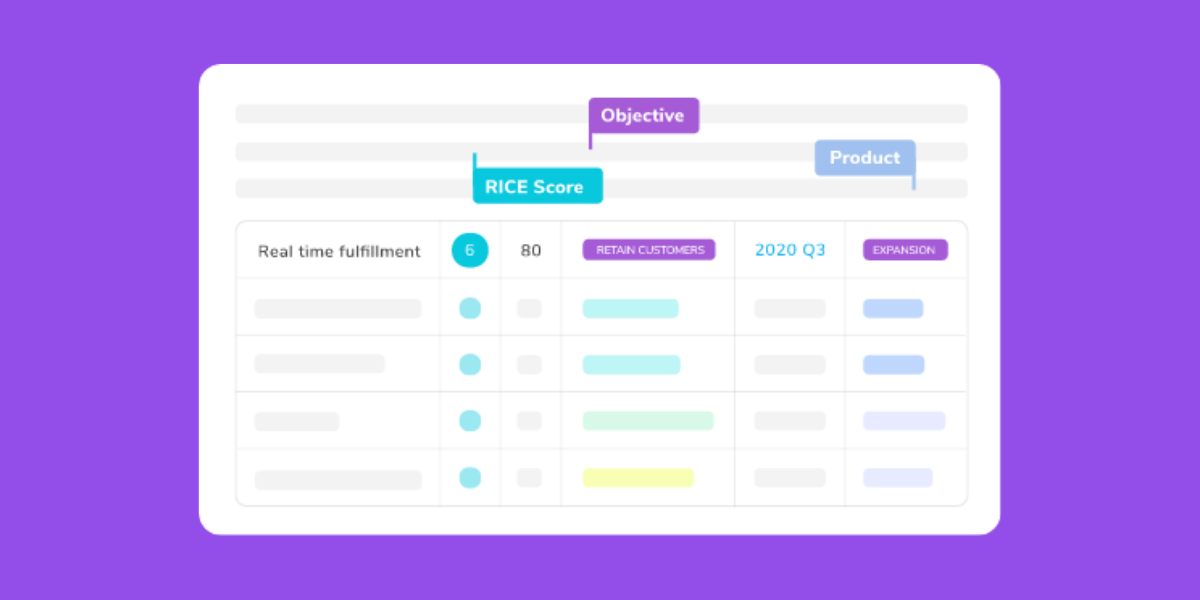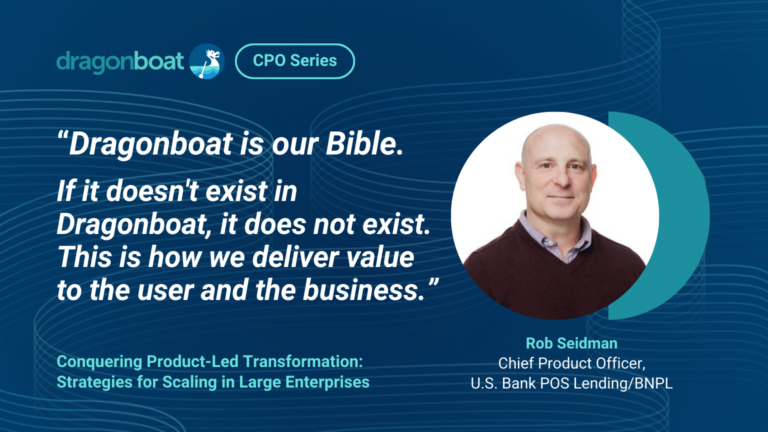A product manager recently posted on a community group that she is looking to change her career as she feels exhausted from constant fire fighting in managing competing priorities and stakeholder demands. When I recommended Dragonboat, she was puzzled: “But we only have one product. Isn’t portfolio management only for large companies with many product lines?”
Not necessarily! According to Investopedia portfolio management boils down to three things:
- Determining strengths, weaknesses, opportunities, and threats in the current market
- Selecting investments and allocate appropriately to a set of parameters
- Rebalancing periodically
You can see that it is not so much about managing the size of your portfolio, but managing your choices. This is not too different from what a product manager does — you are constantly thinking about the product investment mix to maximize your desired outcomes.
This is exactly what responsive portfolio management is. Applying portfolio management principles, allows us to reframe how we think about product roadmaps. Every product, even if it is the only one in the company, is essentially a multi-dimensional portfolio of priorities and demands.
A Product Manager’s Portfolio
Like the finance industry, we often use SWOT analysis (strengths, weaknesses, opportunities, and threats) to chart our market and product plans.
However, that is where the comparison ends. While financial advisors work with clear monetary values — such as profit, revenue, or market share — product managers have a wider set of variables and a broader definition of “the best outcome”.
That means we can derive multiple types of portfolios depending on how we view the roadmap. For some broad examples:
- Objectives
These can be long- or short-term objectives such as acquiring or retaining customers, reducing operational costs, or expanding into new markets. - Customer Segments
New, existing, enterprise, or partners. - Investment Categories
Such as deciding between product innovation and tech platform refactoring. - Stakeholder Needs
Both internal and external such as customer feature requests, realigning the product for the market, or addressing tech upgrades and debts.
Why Would You Want a Multi-Dimensional View?
A multi-dimensional view lets you:
- Address multiple elements of “product success”; and
- Make the right allocation decisions faster (i.e. focus vs. support).
Imagine you have a new product. The sign-up numbers look good but, after a week, these users stop coming back. As a result, the team must shift their focus on how to improve retention. Once that is under control, you can shift back to user acquisition, efficiency improvements, and so on.
Many conventional prioritization frameworks are based on a fixed formula such as scores or ROI, and do not reflect the changing needs of the customer or market. Over time, it may lead you into a “peanut butter” situation where the product simply fails from the company’s resources being spread too thin.
By looking at it from a portfolio perspective, product managers are empowered to understand the current state of the product and market to decide on a responsive prioritization method for identifying areas that truly need your limited resources.
Think of it as trying to fight a forest fire — you look at it from the ground and the top, analyze the situation, and then prioritize, allocate, and deploy. That is what it takes to be a forward-thinking product leader.





